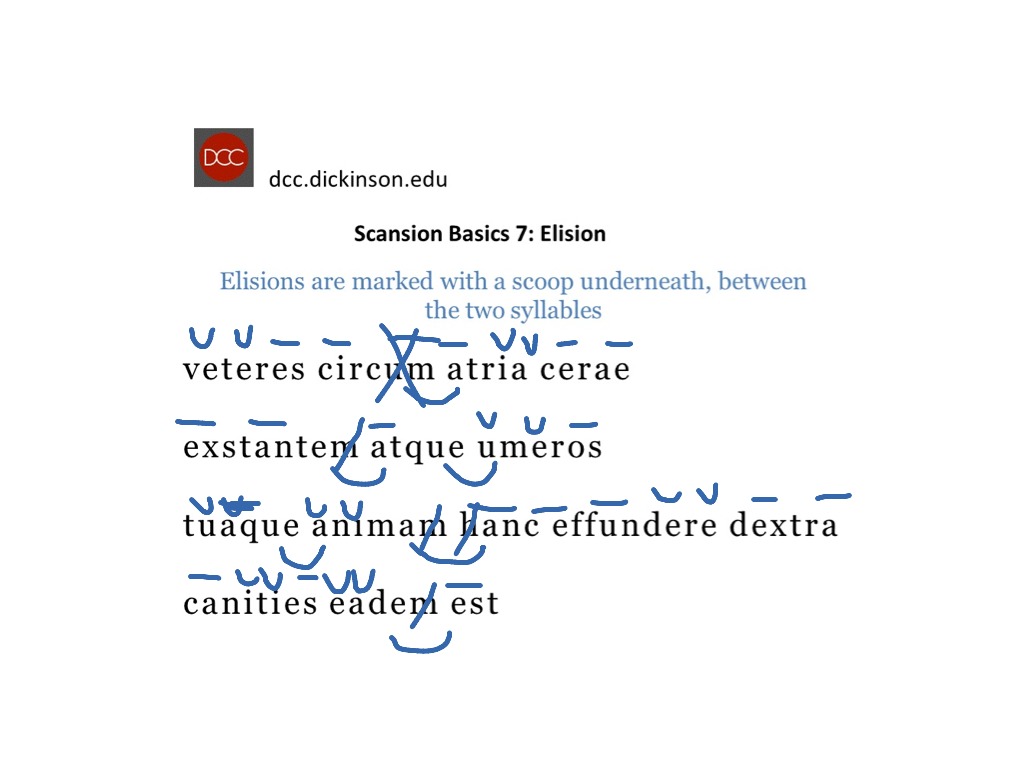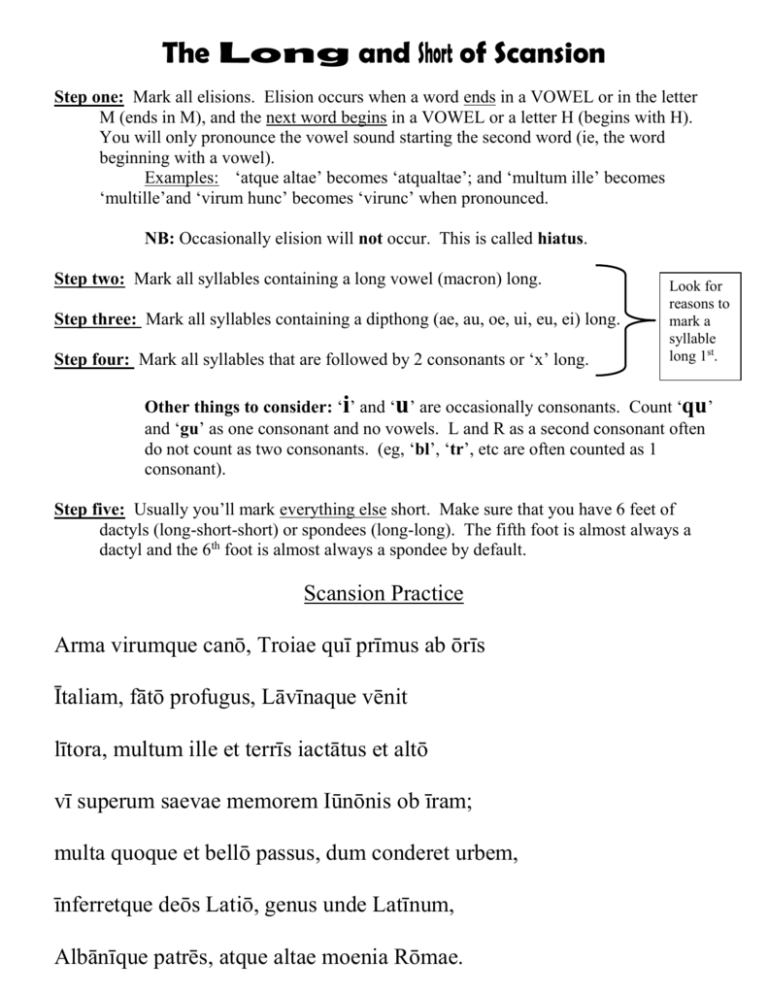
Speaking broadly, an accumulation of spondees tends to give a slow and laboured movement to the line. Such a syllable is known as the syllaba anceps (‘either-way syllable’).ħIn general terms, verses that are light and rapid and pleasing to read have a preponderance of dactyls, or at least alternate dactyls and spondees. The last syllable of a verse may be short in itself if it is short, it is regarded as long, because a spondee is required in the last foot. An example of a spondaic verse from the set text is 3.669 pictarumque iacent fera corpora pantherarum. The rare verse having a spondee in the fifth foot is called spondaic. The fifth foot is almost always a dactyl. The first four feet of the hexameter may be either dactyls or spondees. It is called hexameter (from the Greek ‘hex’, meaning six) because each line, or verse, contains six feet and it is called dactylic because the dactyl (long-short-short) is the characteristic foot of the meter and is generally more frequently used than the spondee. 2 Dactylic HexameterĦThe meter of Latin epic is known as dactylic hexameter (also sometimes called the Heroic Verse). The accented part of a foot is generally known as the thesis 1 the unaccented part as the arsis. The first syllable of the dactyl and the spondee is always accented: this accent is called the ictus. iudico) can never be placed in a hexameter verse.

For example, any word in which a single short syllable comes between two long ones (e.g. Note that the small number of syllabic patterns allowed by the hexameter exclude many words which have intractable combinations. nubes), called a spondee (the Greek word spondê is itself one).

carmina), called a dactyl (Greek dactulos is itself one) and two long syllables (e.g. In dactylic hexameter, the meter in which Latin epic is written (see next section), two kinds of foot are used: a long syllable followed by two short syllables (e.g.

Since in this case the position in the verse requires a short syllable, it is read as short. But since it is followed by the mute t and the liquid r it is common, i.e. Inque patris blandis haerens cervice lacertisĤthe a in patris is short by nature. But a syllable containing a short vowel followed by a mute (p, b, t, d, c, g) and a liquid (l, r) may be either long or short, according to the needs of the verse. Long and Short SyllablesģA syllable in Latin poetry is long if it contains a long vowel or a diphthong, or if it contains a short vowel followed by two consonants (one of which may be at the beginning of the following word). Syllables are combined into certain metrical groupings called feet (see section 3), and feet are combined into verses. Unlike English poetry, which produces its effect by a sequence of accented and unaccented syllables, Latin poetry uses a predetermined sequence of long and short syllables, a sequence determined by the meter of the poem. There are two kinds of syllabic quantity - long and short (defined in the next section). Quantity is the amount of time taken to pronounce a syllable. The Quantitative Basis of Latin poetryĢLatin poetry depends for its rhythm on quantity rather than accent.

What follows is a quick overview in the basic principles of hexametric verse.
#Elision latin scansion how to#
His lines flow like those of no other poet - and he is therefore an ideal author for learning how to read and to appreciate Latin hexameters. 1One of the great pleasures of reading Ovid’s Metamorphoses is his verse-craft.


 0 kommentar(er)
0 kommentar(er)
